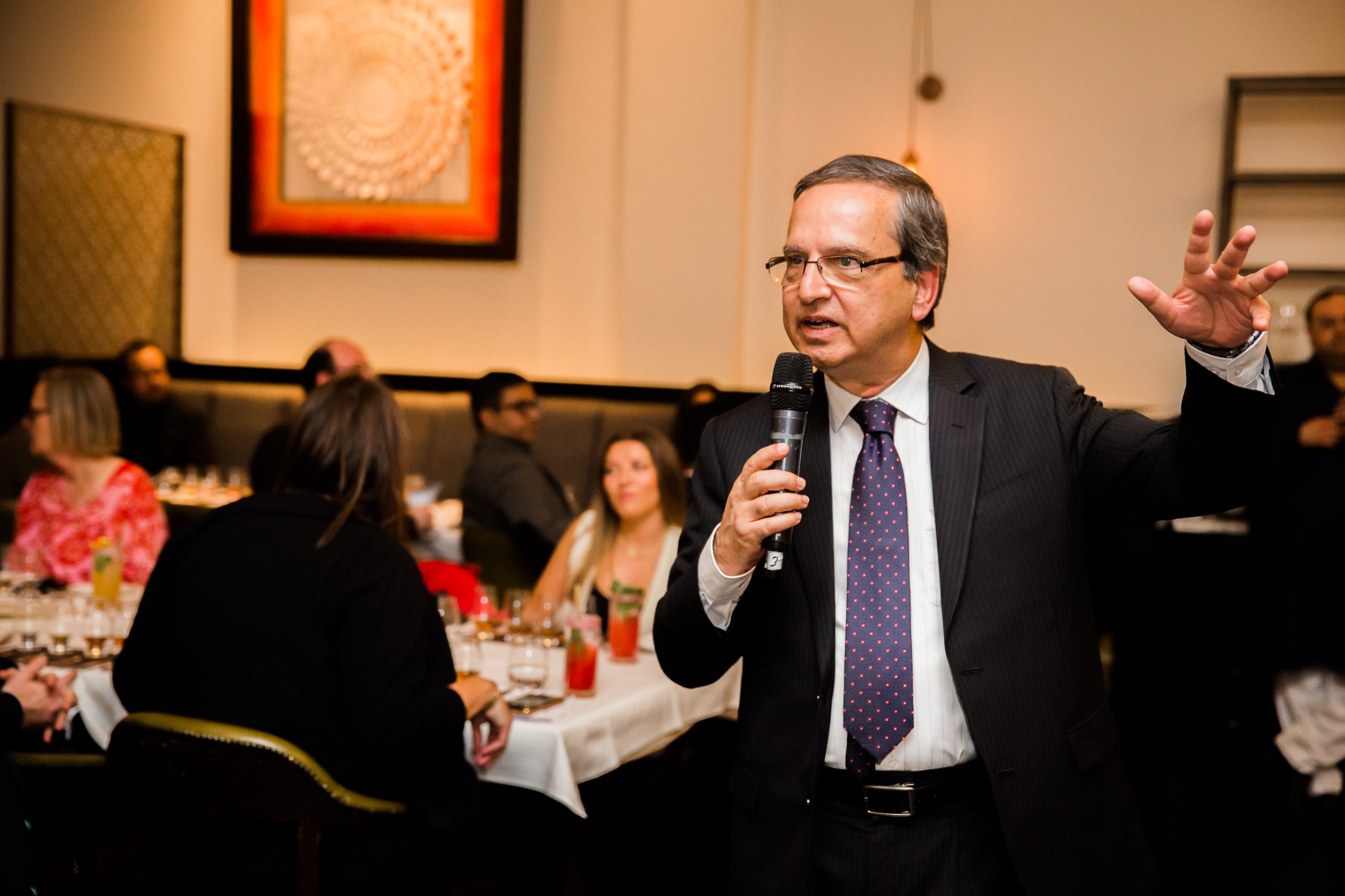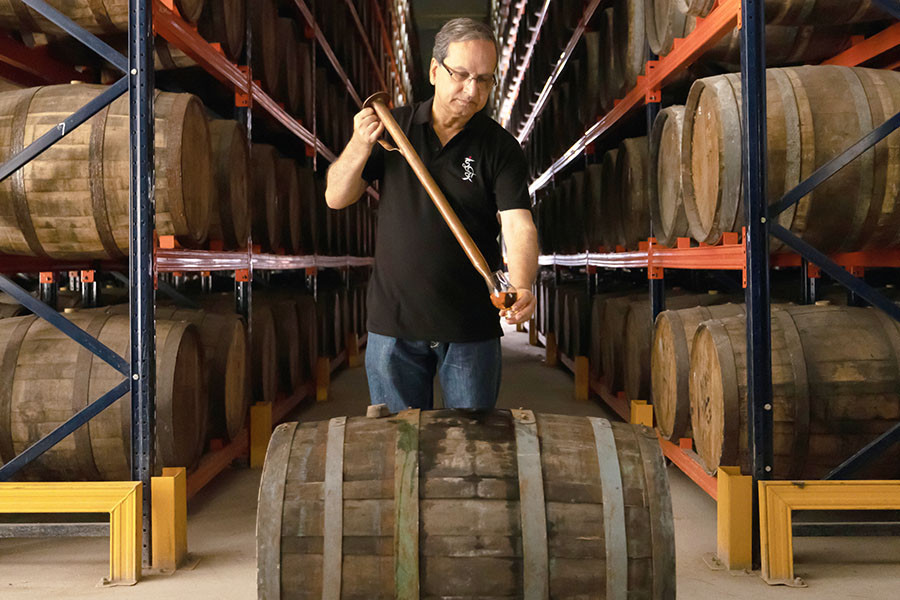He brought broccoli, cherry tomatoes and other then-considered-exotic-ingredients into our kitchens, has been the first Indian to work as the Executive Chef for Cunard Line, written two award-winning cookbooks; and has literally done everything a career in the culinary world can offer.
(September 10, 2023) Even as the world shrunk due to the internet, the culinary arena spearheaded the trend of global connections. Almost overnight, exotic ingredients from the Mediterranean, Moroccan spices and sauces from Asia and South America, became de rigueur at most niche restaurants, and soon entered our kitchens. Today, we think nothing of dishing up a Pad Thai or a paella for dinner, serving guacamole and Caribbean Jerk Chicken over brunch and drinking wines from all over the world.
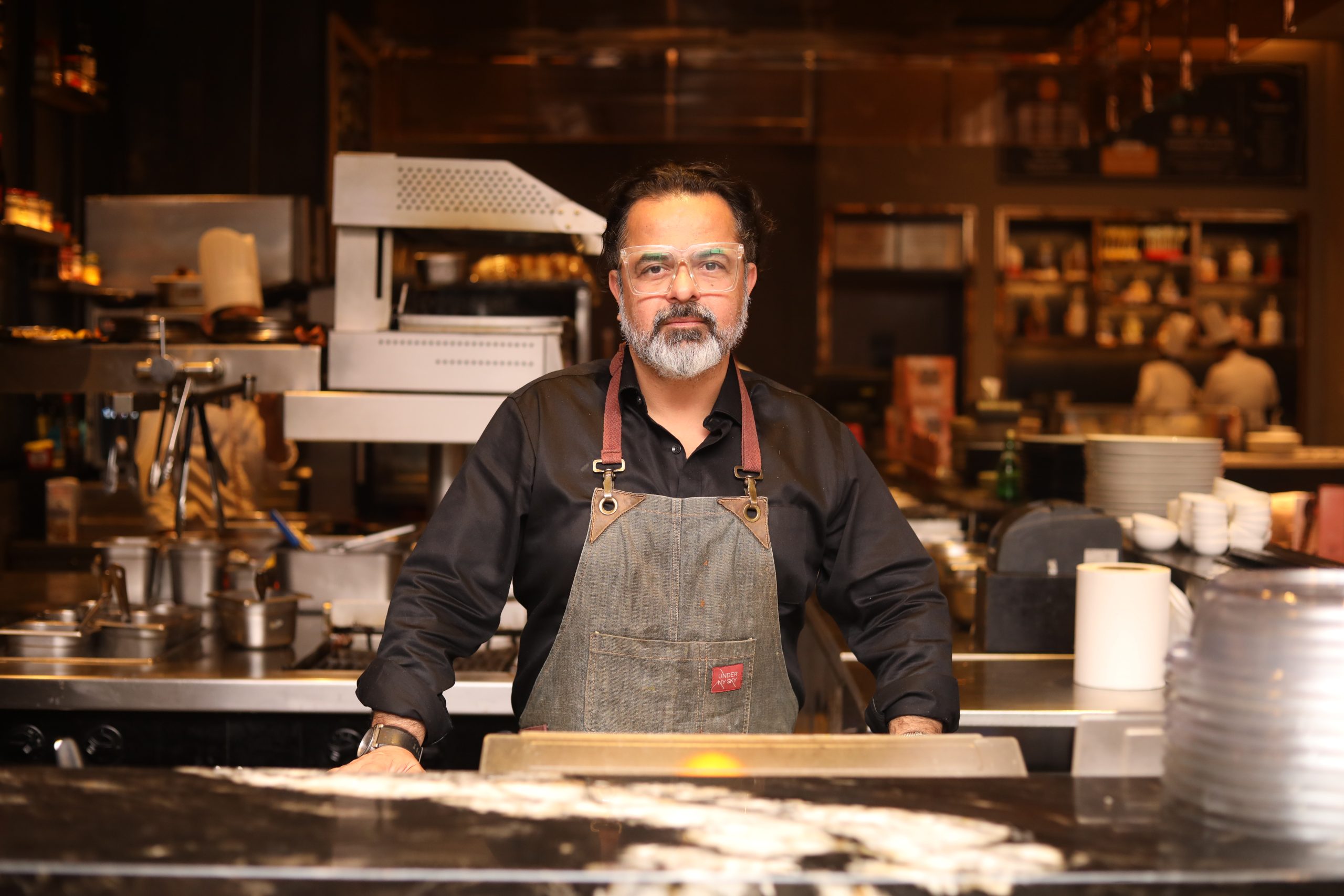
Chef Vicky Ratnani
Relevant and Contemporary
In India, the credit for almost localising such dishes and bringing them to our kitchen goes mostly to Chef Vicky Ratnani. With his TV shows – Vickypedia, Vicky Goes Desi, Vicky Goes Foreign, Gourmet Central, Vicky Goes Veg – he entered our homes and encouraged his viewers to try even the most complex of dishes. With his trademark humour, he made gourmet food seem easy and doable.
View this post on Instagram
In an exclusive with Global Indian, Vicky, who graduated from the prestigious Dadar Catering College (Institute of Hotel Management, Mumbai), candidly speaks about his extraordinary career thus far. He says, “I was the first chef who used olives, broccoli, zucchini, cherry tomatoes and other ingredients on a TV show. It paved the way for grocery supermarket chains like Nature’s Basket to start stocking them. For people who wanted to experiment, my shows gave them the option to use a zucchini instead of a dudhi, broccoli instead of cauliflower etc. My philosophy is that to stay relevant for the next five to seven years, you have to create recipes that are contemporary. I created dishes that reflected my global outlook. I used western techniques but if you look closely, the DNA of the dish is Indian. I might plate it differently, or use a blend of Indian and western spices, but the dish will be Indian at heart.”
How does he achieve that fine balance between this philosophy and making it easy to prepare for the viewer? With humour thrown in too for a dash of lightness at that. He says, “I just break down the dish into smaller steps. The kitchen may not be a pleasant place for many people who have to cook whether they like it or not. Cooking is hard work, and they may not even be in the frame of mind to cook. Your mental state and energy get transferred to the food you make, so you have to be happy when you cook.”
An Impressive Trajectory
And Vicky is happiest when he is cooking. A childhood interest that turned out to be his life’s calling, Vicky has had a dream run as a chef. He gained a royal appointment aboard the Queen Elizabeth 2 (QE2), where he worked across several global culinary traditions. After six world cruises that took him through many, many markets of the world along the way, Vicky went on to live and learn in Genoa, Italy. During his tenure on board these luxury cruise liners QE2 and Queen Mary 2, one of his achievements was that of being the Personal Chef to Nelson Mandela, on his journey from Durban to Cape Town when Mandela was promoting his charitable venture. Luminaries he has cooked for include Hillary Clinton, Antonio Banderas, Gloria Estefan, and Buzz Aldrin the astronaut, among others. As of 2010, he was the first and only Indian Executive Chef in the history of the Cunard Line.
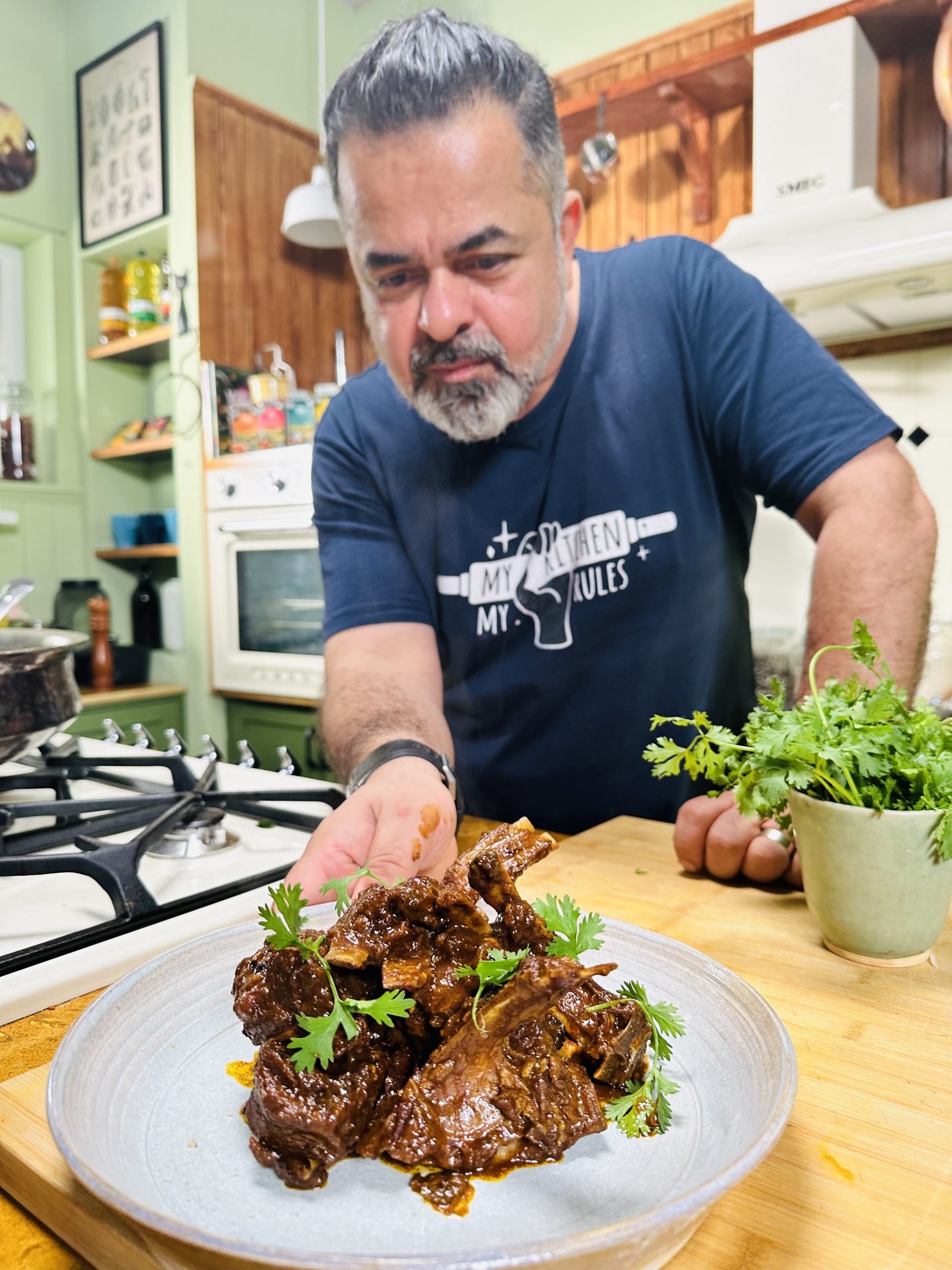
When he moved back to Mumbai, Vicky Ratnani headed Aurus, a restaurant by the sea, followed by Nido, an all-day bistro he set up. Several such assignments followed, where he revamped menus or created new ones, and tweaked flavours for fast food chains for the Indian market. He wrote two award-winning cookbooks – Urban Desi and Vicky Goes Veg too. Currently, he also caters for high end weddings, curates pop-up menus annually at venues such as Soneva Jani and Soneva Fushi, high end luxury and wellness resorts in the Maldives.
When asked what keeps him busy these days, he reveals that about 18 months ago, he set up a cloud kitchen called Speak Burgers with his co-founders. From Korean to Tex-Mex, Moroccan and Caribbean spices to our very own Tandoori chicken and paneer tikkas, all these and more find expression on the menu which reads like a global who’s who of ingredients. However, the DNA remains Indian with Vicky using a blend of masalas he has created for the burgers and other dishes. With four cloud kitchens already established in Mumbai, he is planning to launch one at the Novotel in Kolkata, another two in Mumbai and three in Bengaluru.
Food as a Soft Power
Despite having worked with practically every ingredient available, his favourites remain fish and seafood. The Global Indian says, “There is something about working with fresh fish that I enjoy.” And his ultimate dream would be to set up a restaurant serving Sindhi food, which he grew up eating. “That would be my end game, a restaurant focussed on Sindhi cuisine. It is so vast – with the Sindhi home cooks in different parts of Indian cooking in multiple ways. The ones in Pakistan would be cooking according to what’s available there, so I would like to explore all these aspects and bring them under one umbrella.”
He also adds that given the vast richness of Indian cuisine, our food is a soft power. “Just like yoga is always perceived as Indian, our food can be a soft power globally. The history, diversity and depth of tradition we have in our country has influenced chefs in top restaurants all over the world. If you look at Spain, Italy or France, they market their country with their food as the USP. I believe we need to improve our infrastructure and create a whole new narrative around Indian food. We are one of the best countries for culinary tours as the cuisine changes every 20 kms. From deserts to temple prasadams, coastal to remote hilly areas, our food is so rich and varied, we need to capture that and market it to the world.”
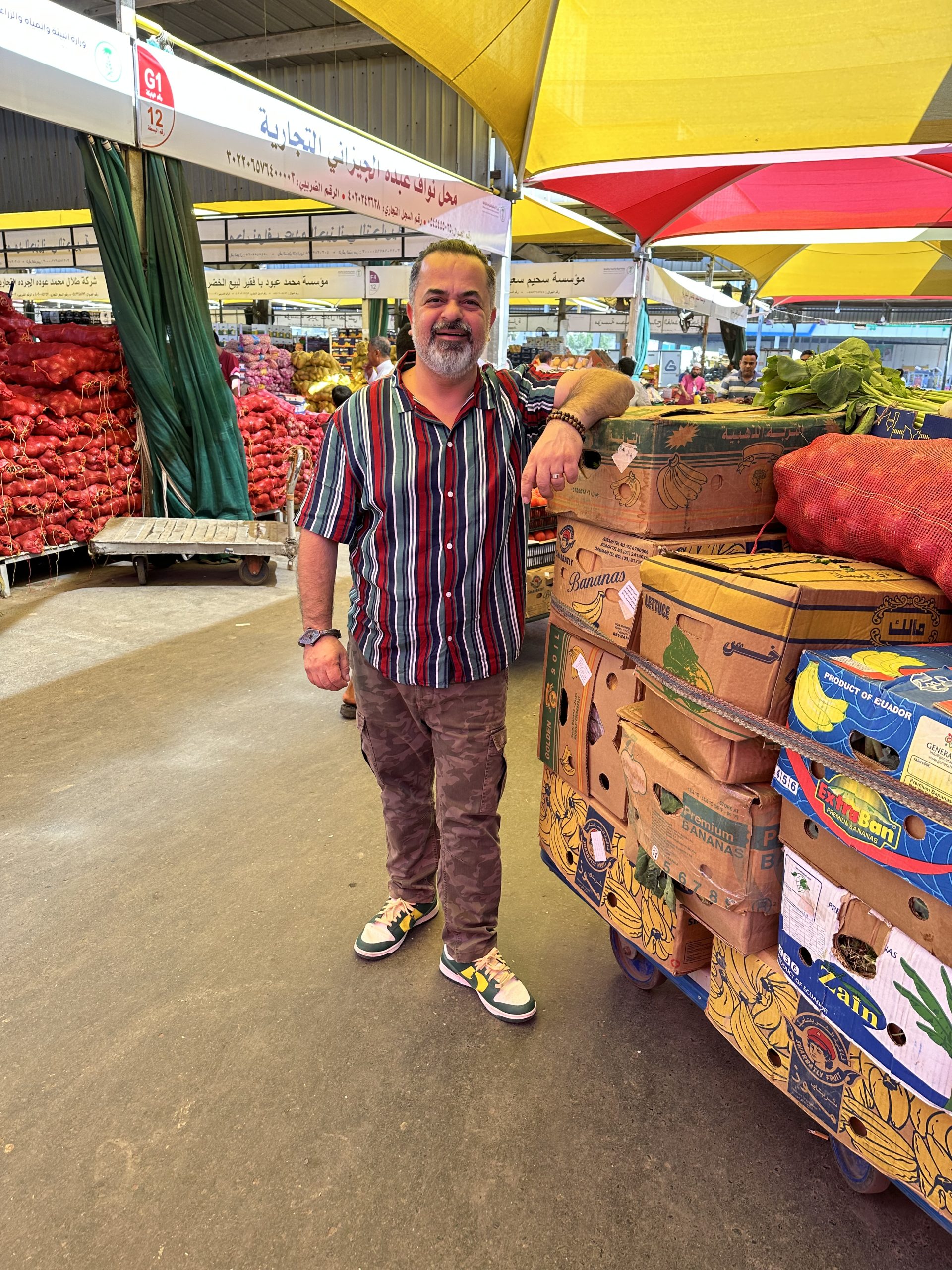
Given all that he has achieved thus far, we won’t be surprised if Vicky launches a culinary tour of his own someday.
Chef Vicky Ratnani eats at:
- Dubai: Nobu and Orfali Brothers, Tresind Studio for its set menu
- Bangkok: Gaa and Haoma
- Singapore: Burnt Ends, listed as one of the 100 best restaurants in the world; Chicken and Rice at Maxwell Hawker House
- Japan: The Shojin Ryori veg tasting menu at the two-Michelin star winning Daigo, the only veg restaurant in Tokyo. Shojin Ryori is the cuisine followed by Buddhist monks that uses no onion or garlic.
- The Tokyo fish market for sashimi and fish
- New York: Hot dogs at a street cart; Chicken and Rice at Halal Boys; Veg tasting menu at 11, Madison Park, and the best steaks are at Peter Luger Steak House
- Follow Chef Vicky Ratnani on Instagram

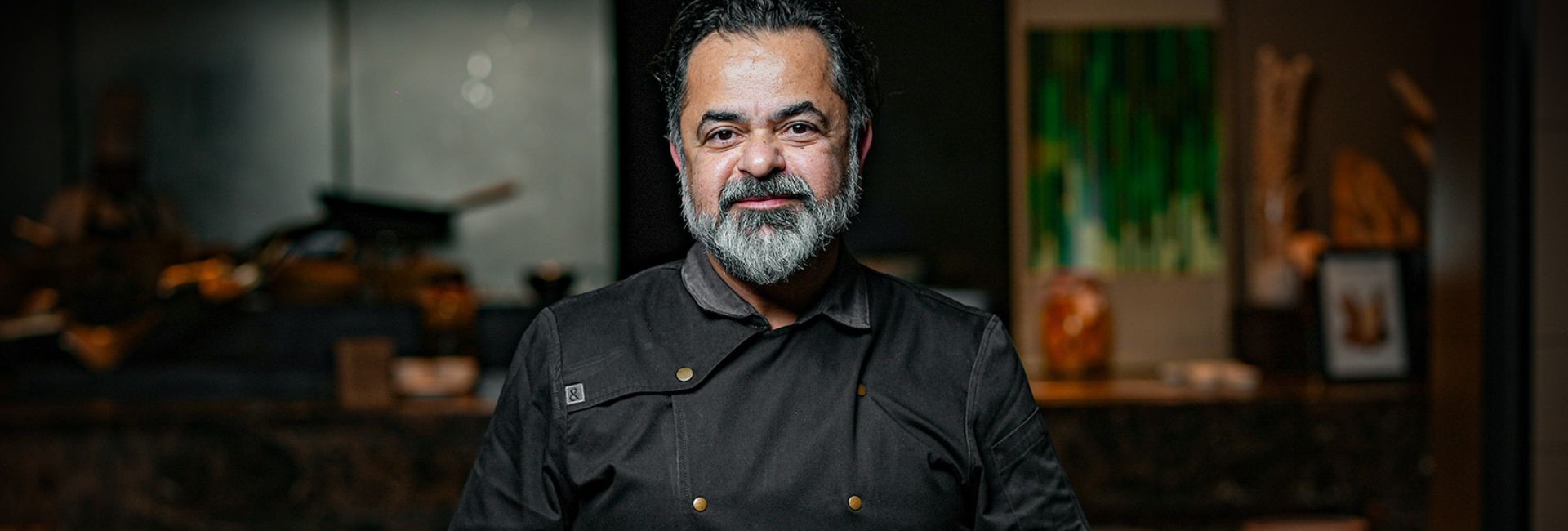

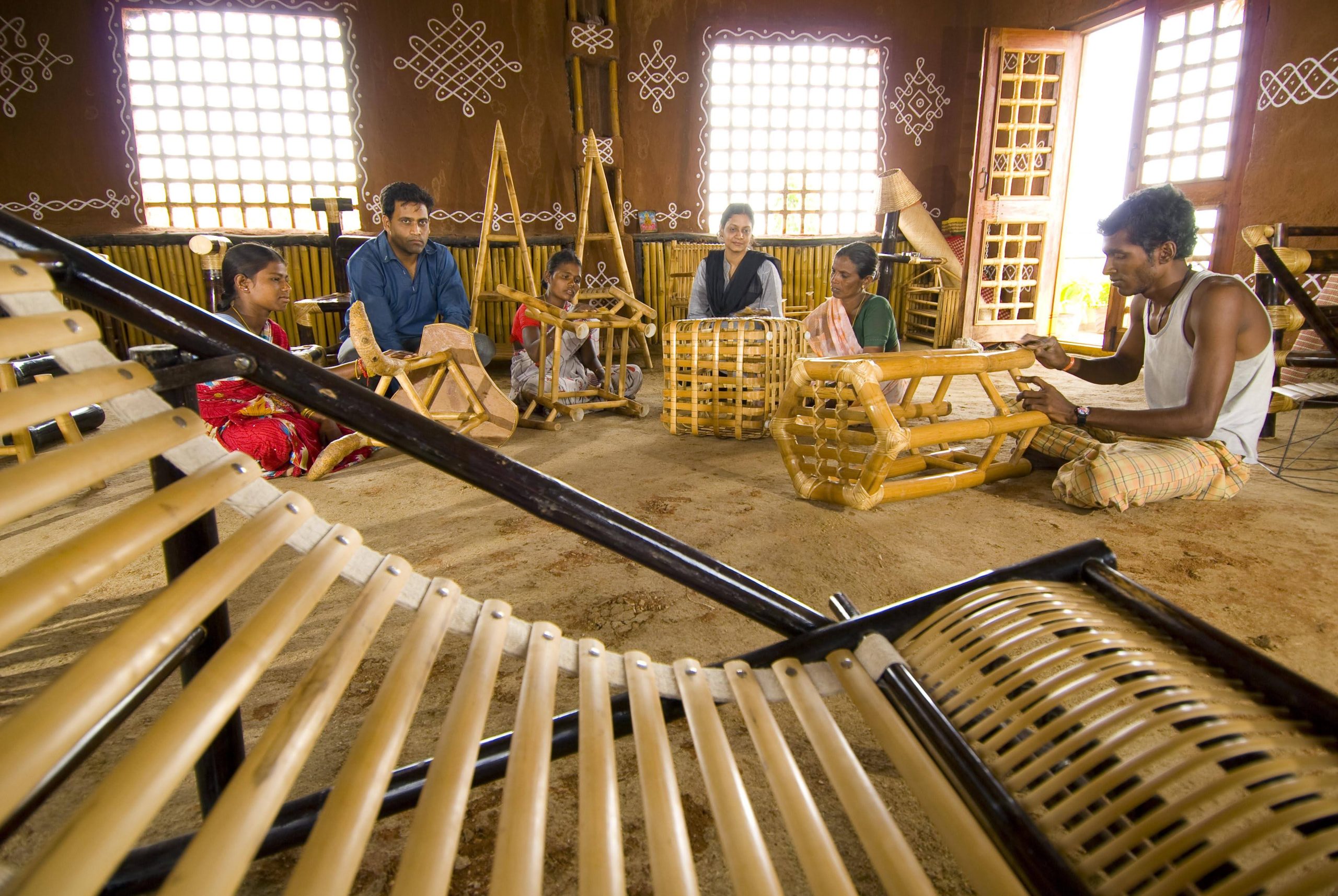
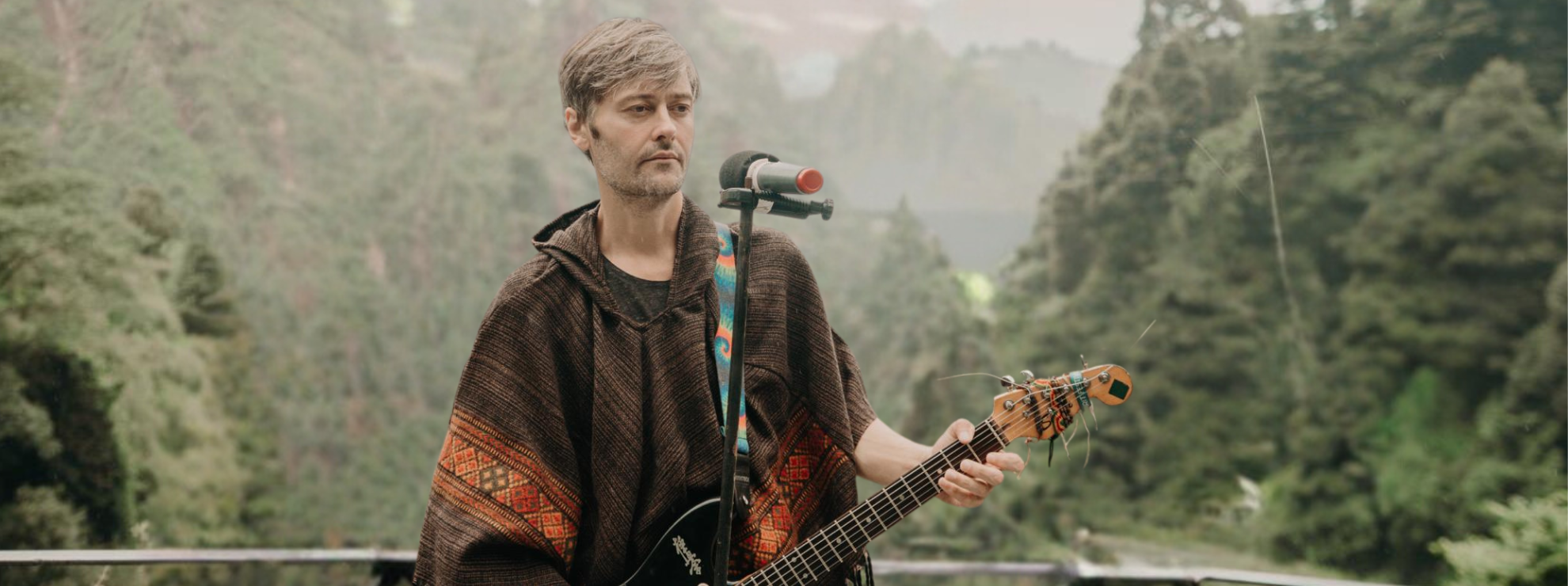
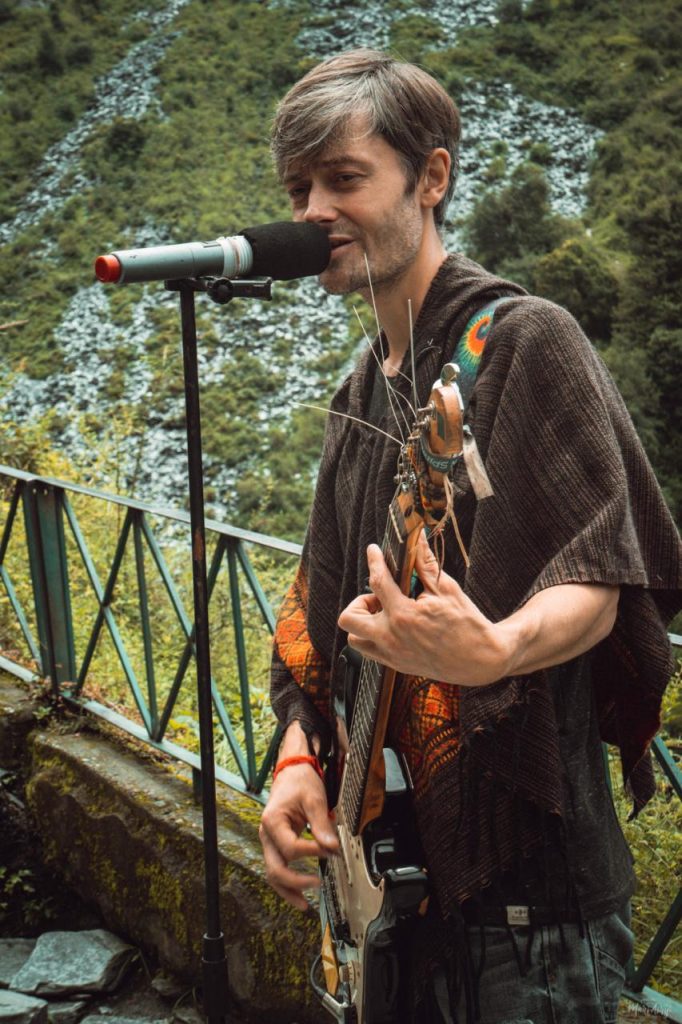
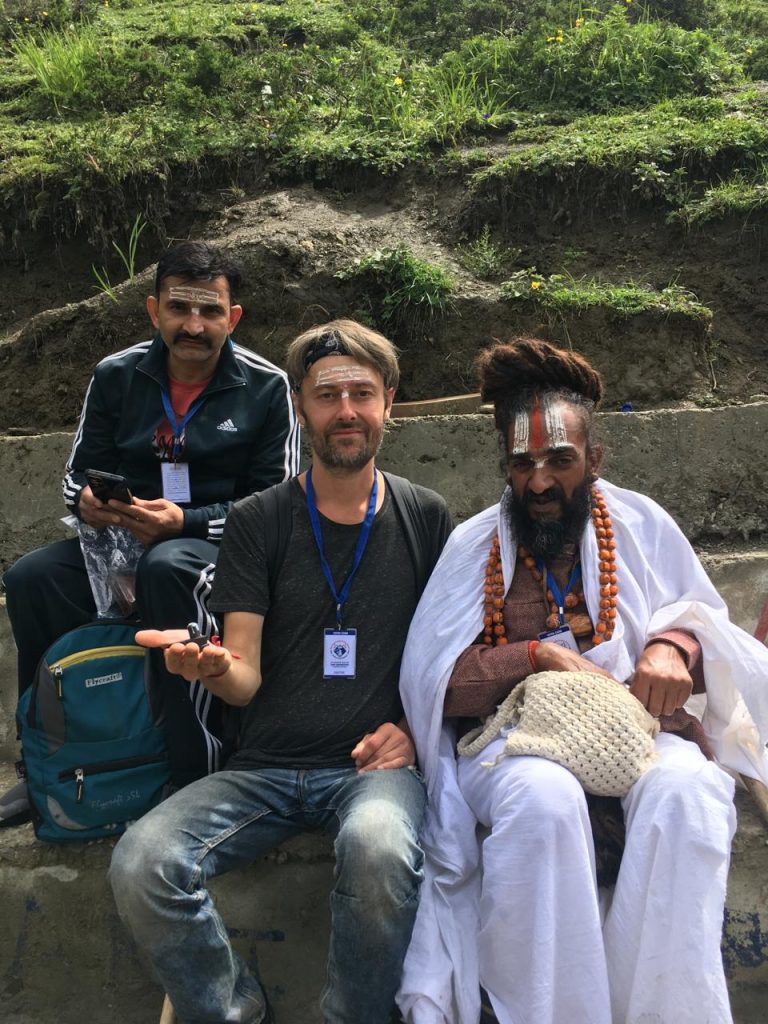
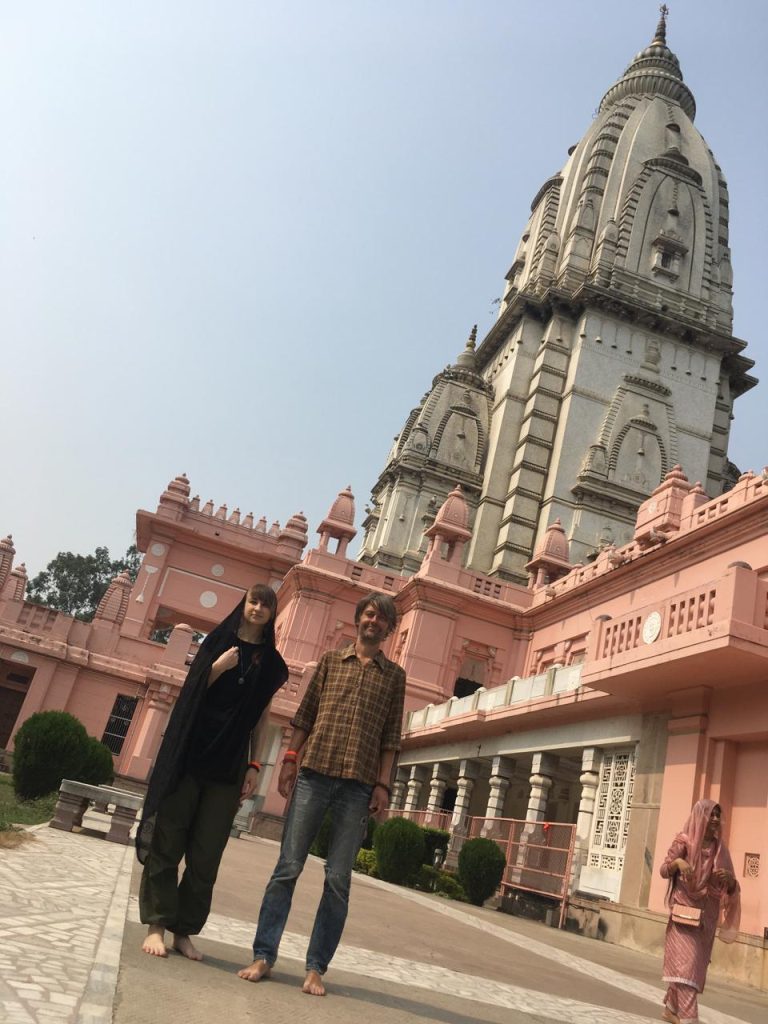



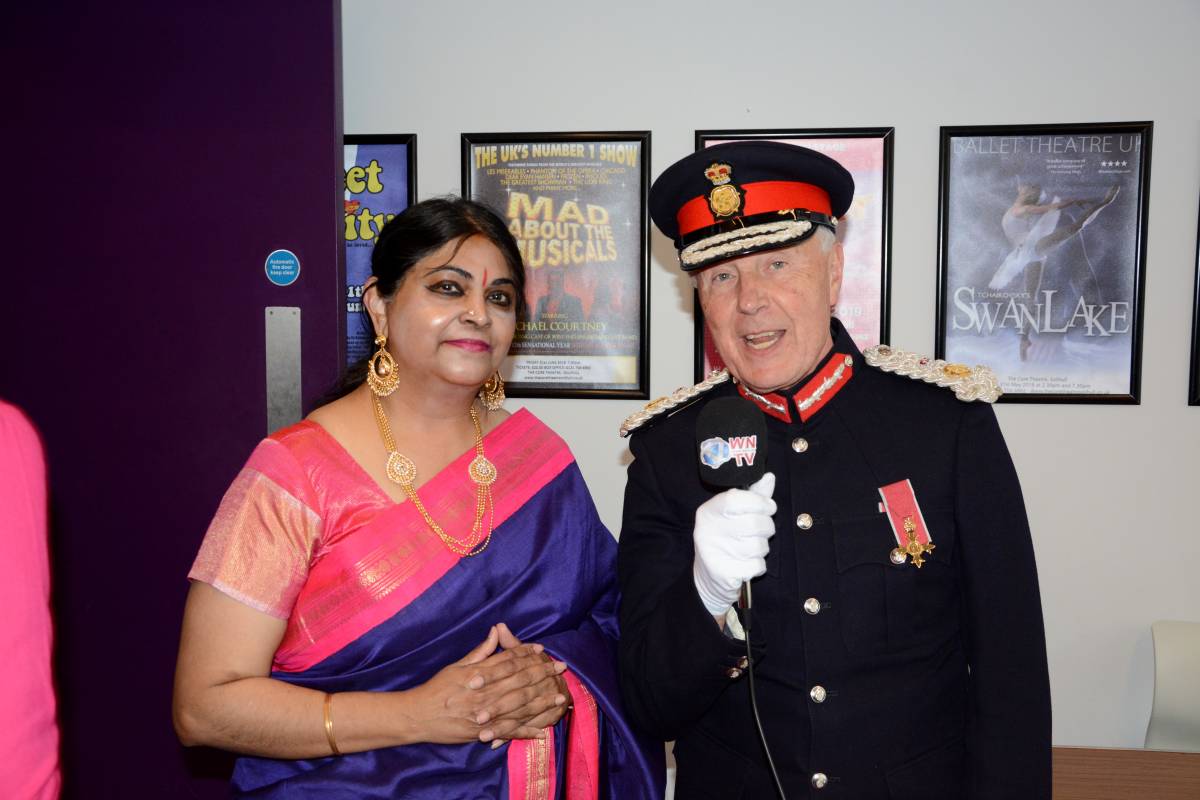 Dr. Ramakrishnan MBE with John Crabtree OBE[/caption]
Dr. Ramakrishnan MBE with John Crabtree OBE[/caption]

